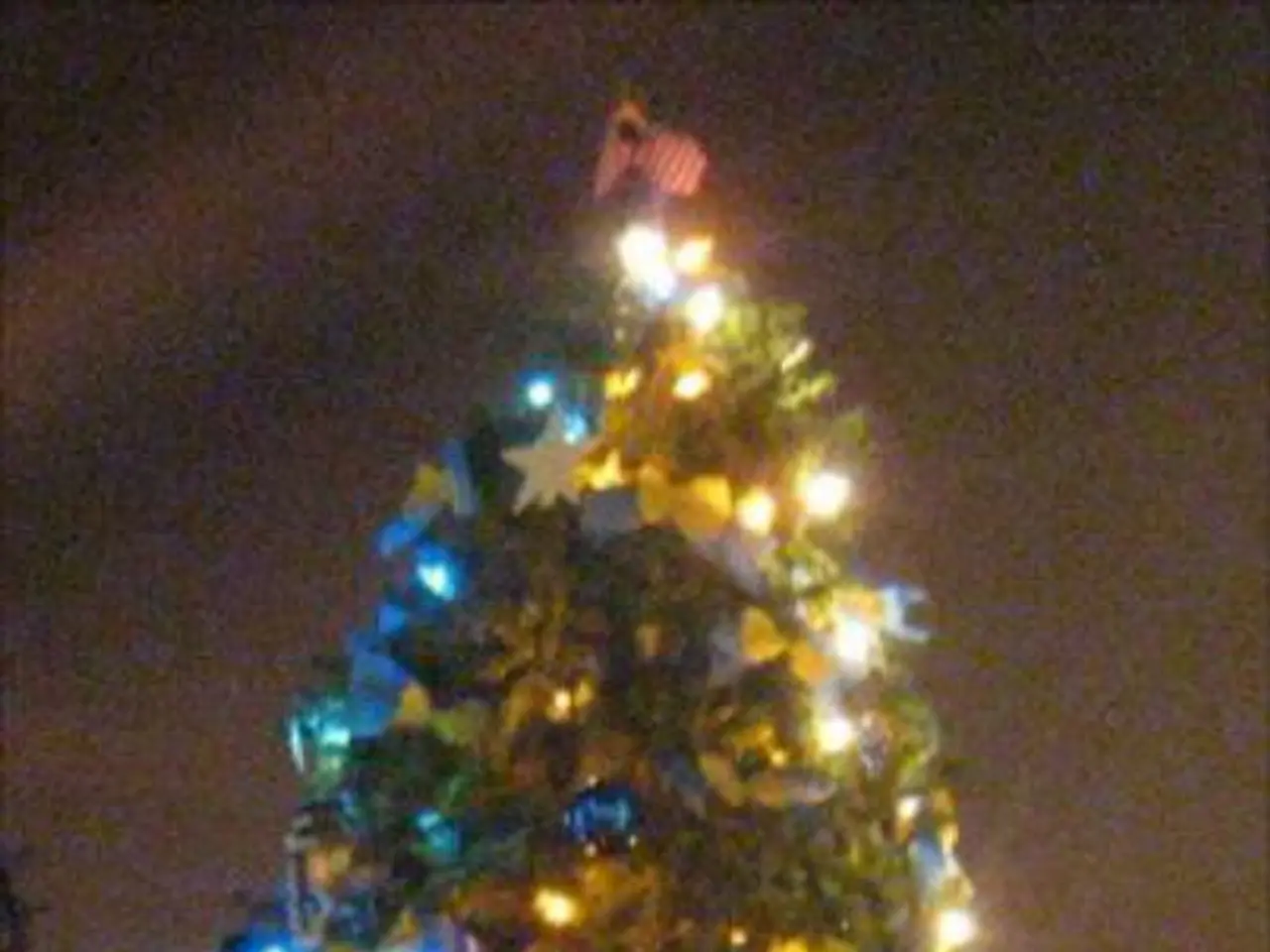Evolution of the Yule Tree Through the Ages
In the heart of winter, as the annual Christmas holiday approaches, the tradition of the Christmas tree stands as a symbol of joy and togetherness. But have you ever wondered where this tradition originated? Let's take a journey through time to uncover the roots of this beloved custom.
The story begins with St. Nicholas, a bishop known for his generosity towards poor children. His feast day is near the Christmas holiday, and it's believed that the tradition of putting presents under a tree may have originated with him.
As we move forward in time, we find ourselves in the 16th century when nativity plays were banned, leading people to compensate by adding paradise trees to their homes. This practice was a precursor to the modern Christmas tree.
The tradition of decorating Christmas trees, however, can be traced back to Europe in the 16th century, particularly in Strasbourg. Wealthy citizens and officials adopted this custom, which then spread across Europe through princes and emigrants.
By the Middle Ages, Christian missionaries were preaching a message of Christ's lordship over previously pagan symbols. Pagans, too, marked the start of winter by bringing in branches to hang in their homes. The festival of Saturnalia, celebrated by bringing fir trees into temples, might have influenced the development of the Christmas tree tradition.
In the 1800s, the tradition of Christmas trees was growing in popularity in England. A significant milestone came in 1841 when Prince Albert had a Christmas tree sent to Windsor Castle. This royal endorsement helped popularise the tradition among the British aristocracy.
A published drawing of Prince Albert's Christmas tree spread the idea of Christmas trees around the nation, making them popular in the UK and USA. As the popularity of Christmas trees in America grew, people started chopping down, purchasing, and bringing out of storage their yearly Christmas tree.
As the tradition of decorating Christmas trees became more widespread, presents became even more popular. Candles became a popular decoration on Christmas trees, representing stars. Today, the Christmas tree stands as a symbol of joy, unity, and the festive spirit, a tradition that has been followed by many generations before Americans today.
In conclusion, the Christmas tree tradition as we know it today can be traced back to various stories and traditions from different eras, blending elements from Christianity, pagan rituals, and cultural customs. This holiday season, as you gather around the tree, remember the rich history behind this symbol of joy and togetherness.
Read also:
- Prolonged combat for Gaza City forewarned by Israeli military forces
- Seven Suggestions for Outdoor Games mirroring Seasonal Transition in accordance with Nature's Progression
- Municipality of Cuneo received an invitation from the ACLI, proposing a Peace Advisor for their jurisdiction.
- Beach Reading Invitation: Möwe Elli extends an invitation to enjoy a day of reading at the beach








